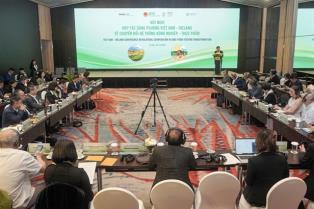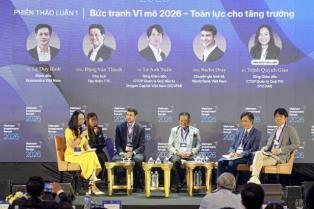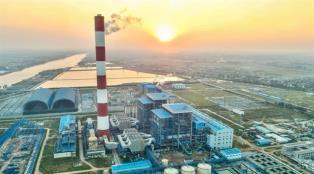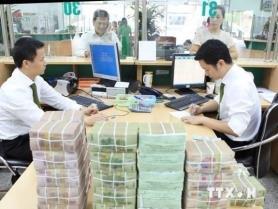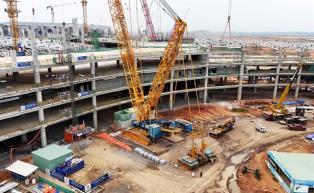Southern Việt Nam is accelerating, as HCM City’s merger with Bình Dương and Bà Rịa-Vũng Tàu positions it to become a regional manufacturing powerhouse.
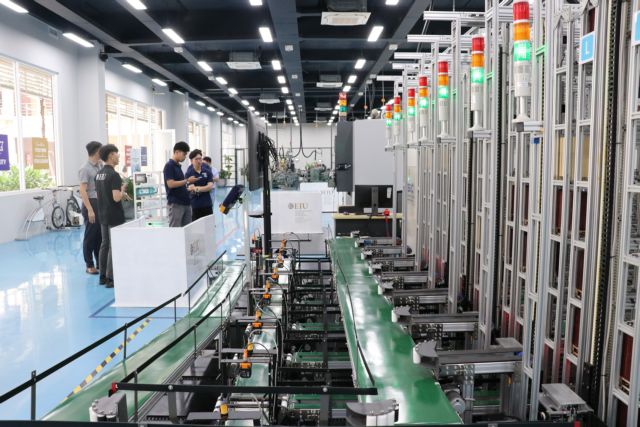
HÀ NỘI — Việt Nam’s southern economic engine is shifting into high gear, fueled by a landmark merger with neighboring industrial hubs Bình Dương and Bà Riạ-Vũng Tàu. The expanded HCM City is on a journey to become a regional manufacturing powerhouse, leveraging a potent mix of innovation, production muscle and strategic logistics to drive growth.
At the heart of this transformation is THACO Group’s 786-ha mechanical industrial park with a total investment of VNĐ75 trillion (US$2.87 billion) in the former Bình Dương Province, set to break ground in August 2025.
The high-tech complex, slated for operation by September 2026, aims to integrate suppliers into a streamlined production chain, bolstering Vietnam’s supporting industries. It is projected to create 30,000 jobs, including 10,000 for skilled technicians.
“This will be a national-scale mechanical hub, a magnet for domestic and foreign firms,” said Đỗ Minh Tâm, general director of THACO Industries. The new-generation park will feature cutting-edge infrastructure, including automated systems, digital platforms and artificial intelligence.
The project is a cornerstone of HCM City’s post-merger industrial push, capitalising on Bình Dương’s manufacturing prowess, Bà Rịa-Vũng Tàu’s energy and port logistics and the city’s innovation hub.
In 2024, the region contributed VNĐ930 trillion to national industrial output, accounting for over 25 per cent of Việt Nam’s total.
The city now oversees 66 industrial and export-processing zones spanning 27,000 ha, with plans to scale up to 105 zones covering 49,000 ha by 2050, according to deputy head of the HCM City Export Processing and Industrial Zones Authority (HEPZA) Trần Việt Hà.
Strategic planning, smart technologies
With a population now nearing 14 million, the merged metropolis is Việt Nam’s economic, industrial and commercial hub. Its officials are continuing to double down on a modern, green, and sustainable industrial model, focusing on advanced manufacturing, digital transformation, and supporting industries through targeted policies for 2021-25.
But challenges abound.
Soaring logistics costs, a scarcity of clean industrial land, outdated technologies and global trade headwinds are squeezing progress. The merger’s regulatory overlap has frustrated investors, while a shortage of skilled labour threatens to cap growth. Economists are pushing for a “one-stop shop” mechanism to fast-track approvals for big-ticket projects.
At a recent seminar, Trần Du Lịch, chairman of the Advisory Council for implementing Resolution 98, warned that that sticking to low-cost labour and traditional industrial models risks locking the city into a middle-income trap.
He called for a pivot to high-value sectors via green tech, digitalisation, and an industrial-service-seaport corridor linking Bình Dương to the Cái Mép-Thị Vải deep-water port.
A hi-tech vocational training network focused on automation, industrial design, digital control, smart logistics and clean energy is also critical, experts said.
The municipal Department of Industry and Trade rolled out a five-pillar strategy to steer development. Priorities include synchronised industrial, logistics, and energy infrastructure, with specialised zones, technology parks and large-scale integrated logistics zones powered by green energy.
Technological upgrades, automation and digitalisation are central to producing high-tech goods for smart urban and sustainable economic models. To supercharge supporting industries, the city is considering incentives for investments in new materials, strategic components and localised production.
Workforce development is another priority, alongside a push for green industries and a circular economy. — VNS

